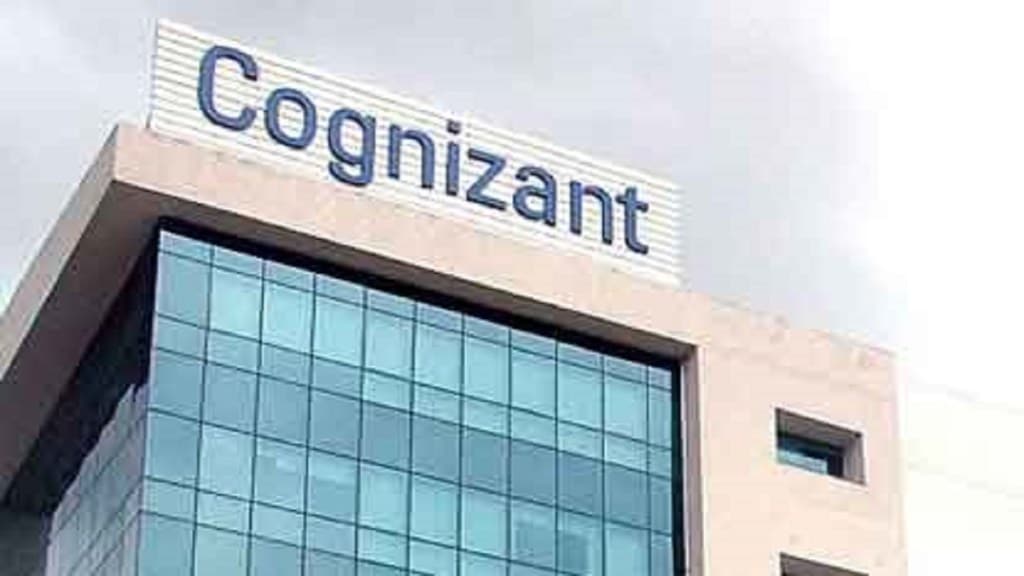NASDAQ-listed Cognizant Technology Solutions Corp (CTS) reported stronger-than-expected earnings for the first quarter (January-March) of 2024, outperforming market predictions primarily due to significant growth in the communications, media, and technology (CMT) sectors, along with healthcare. However, this does not translate to linear growth going forward as the company’s management is still cautious about the market conditions.
Simply put, barring the performance of the CMT and health vertical, Cognizant also continues to face the macro-economic headwinds leading to weak discretionary spending by clients.
IT companies have been struggling to bring in growth in their CMT verticals since the global interest rates have gone up, said an analyst who tracks the IT industry at a domestic broking firm. “Clients have been putting off deals or delaying them in CMT simply because they don’t want to pay more interest on their loans, but some large deal wins and acquisitions helped Cognizant offset weak discretionary spending and pushed its topline above its guidance,” he added.
During the quarter, Cognizant reported flat revenues on a sequential basis at $4.76 billion, but the year-over-year revenues declined by 1.2% in constant currency terms. However, the topline was above the higher end of its guidance range, contrary to estimates of a decline of 2.7-1.2%.
Meanwhile, the company’s net profit decreased by over 6% to $546 million year-on-year. The company follows the calendar year cycle.
Despite these positive figures, Cognizant’s annual revenue guidance remains unchanged with a broad range of -2% to +2%, reflecting ongoing market uncertainties. CEO, Ravi Kumar S said the company usually guides within 200 basis points but the weak market sentiment has pushed the company to provide a 400 bps guidance range.
This is important as CTS performance reflects the overall market sentiment for Indian IT service companies such as Tata Consultancy Services, Infosys, and Wipro who get majority of their businesses from the US and Europe.
Notably, Indian companies, too, have given muted guidance for the financial year 2025 even as they have won record deals. Infosys said it achieved a record high in deal value, securing contracts worth $17.6 billion in FY24, but still slashed its revenue growth expectation for FY25 between a mere 1-3% from a previous 4-7%.
In terms of business verticals, Cognizant’s performance was mixed. The CMT vertical showed remarkable growth, with sequential and year-over-year increases of 2.7% and 5.2%, respectively. The healthcare sector also grew by 1.4% sequentially. Meanwhile, the financial services and products sectors continued to face challenges. Notably, the financial services sector declined by 0.7% sequentially and 6.2% year-over-year.
However, “Cognizant seems more optimistic about the BFS sector, which is significant, as it comprises 60% of the financial services portfolio. The optimism stems from strategic changes, including a leadership refresh and expansion in service offerings,” Kotak Institutional Equities said in a note.
EMPLOYEE COUNT
The company reported a reduction in its global workforce, losing 3,300 employees sequentially and 7,100 year-over-year, with the total headcount standing at 344,400 by the end of March. This trend mirrors cautious hiring practices across the industry due to uncertain market demands.
Kumar said the company still has some capacity to continue to take care of its short-term needs. “And as growth comes back in a more and more robust way, we will start to improve headcount,” he added.
The attrition, however, fell by 10 percentage points to 13.1% on a trailing twelve-month basis.
GenAI
Generative AI has become a focal point for IT companies. And is no different with Cognizant being one of the top IT companies. The company said it has over 450 early client engagements and another 500 in the genAI pipeline.
Additionally, the company said 220,000 employees have been trained in its “Bluebolt” initiative, which invests in the best-emerging technologies such as genAI.

